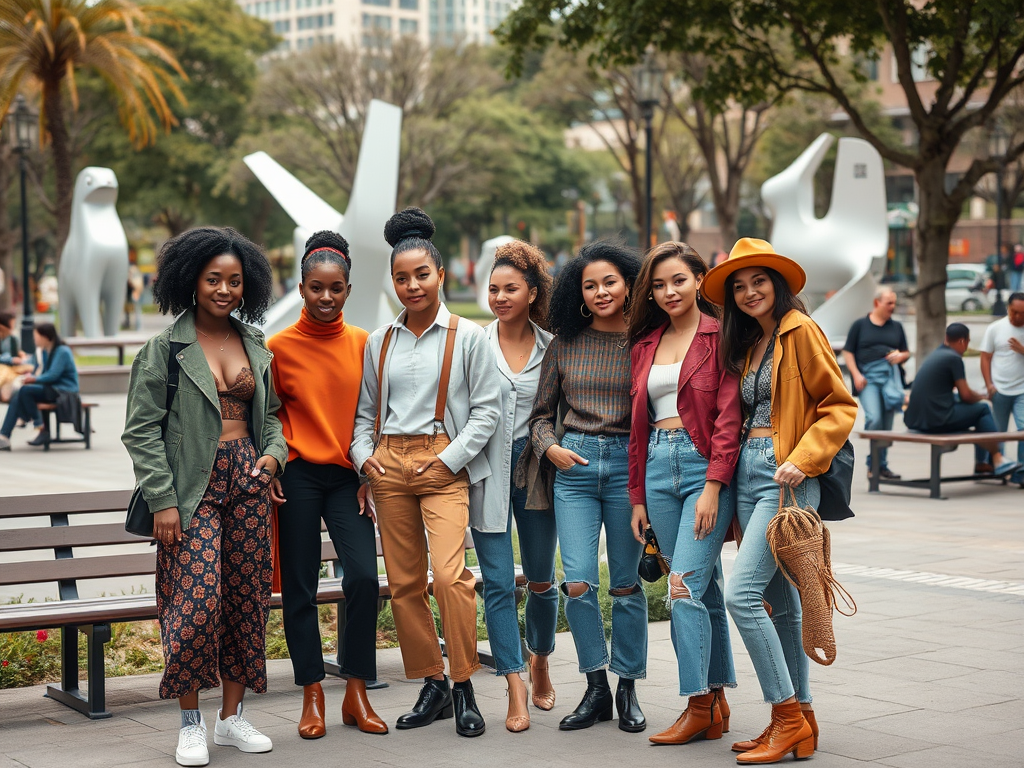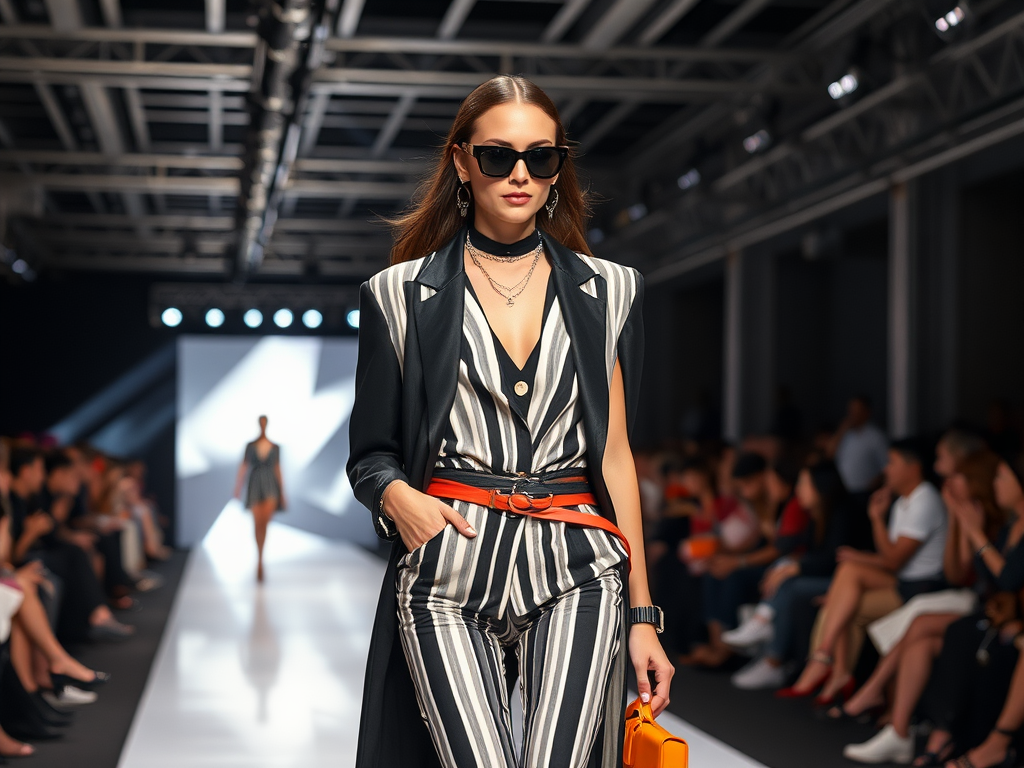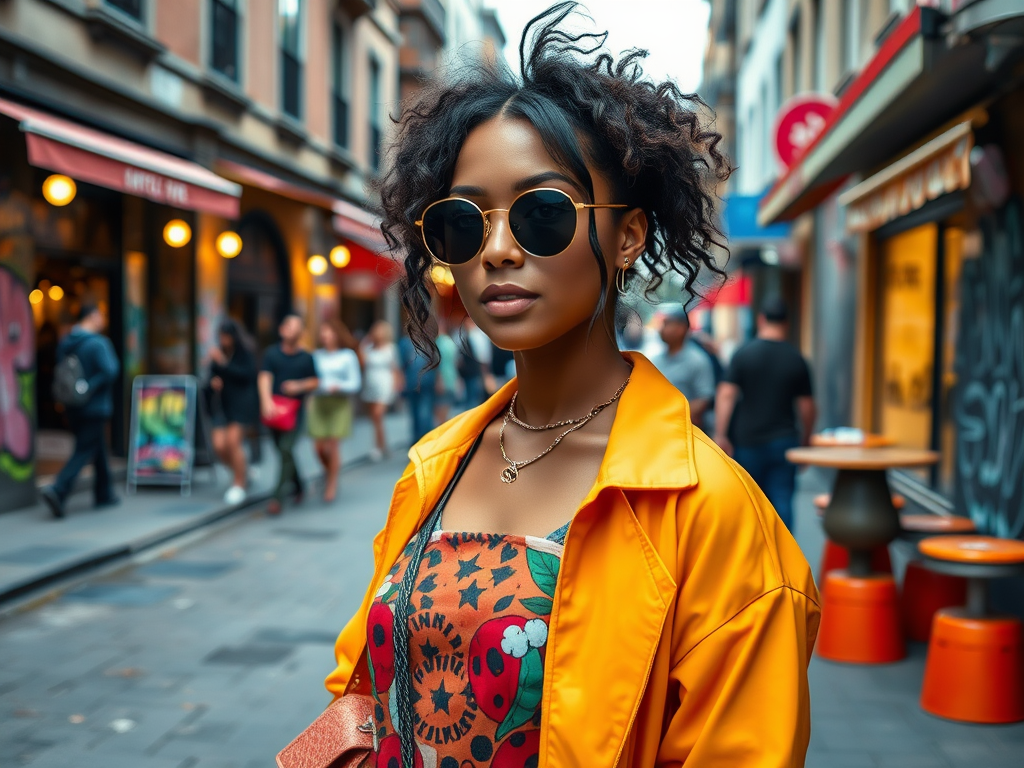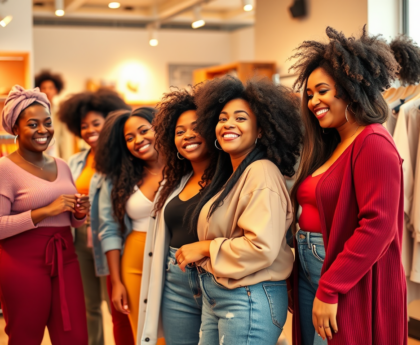Street style has evolved beyond mere casual wear; it’s now a formidable force that shapes runway fashion in extraordinary ways. As fashion continues to democratize, the lines separating high fashion from street fashion have blurred, creating a dynamic interplay that challenges traditional norms. This evolution is not just about clothing; it’s about culture, identity, and personal expression. Designers, influenced by the vibrant pulse of urban environments and social media, are now looking to the streets for inspiration. They see everyday people as their muses, reflecting a deeper understanding of inclusivity in fashion. In this exploration, we will delve into how street style has influenced runway fashion, illustrating this transformative relationship with compelling examples and insights.
The Evolution of Street Style

Beginning as a niche aesthetic often relegated to subcultures, street style has undergone a significant transformation over the decades. Its roots can be traced back to the gritty streets of the 1970s and 1980s, where youth movements like punk and hip-hop emerged. These movements showcased bold, self-expressive fashion choices that directly contrasted the polished looks of high fashion. Key moments, such as the rise of the internet and social media, introduced street style to a global audience. As urban culture continued to infiltrate mainstream fashion, it shifted from being a subversive statement to a staple on runways. Today, street style holds a prominent place in fashion discourse, reshaping designer collections and consumer expectations alike.
Street Style as a Trendsetter

The bidirectional influence of street style and high fashion has reached unprecedented levels. Designers increasingly draw inspiration from urban streetwear, integrating elements of casual, comfortable clothing into their collections. Prominent influencers—those trendsetters who have emerged from social media—have played a crucial role in propelling street style into the limelight. They curate their looks, often posting them online and igniting fashion conversations that ripple throughout the industry. Simultaneously, many designers visit the streets to scout real-life fashion impressions, leading to authentic details making their way to the runway.
| Designers | Street Style Elements |
|---|---|
| Off-White | Graphic tees, workwear silhouettes |
| Balenciaga | Oversized silhouettes, athleisure wear |
| Vetements | Distressed denim, logo-heavy pieces |
The Role of Social Media
Social media has revolutionized how street style is perceived and disseminated in the fashion cosmos. Platforms like Instagram and TikTok serve as virtual runways, where anyone can showcase their unique looks and gain a following. The instant reach and engagement of social media allow trends to emerge spontaneously, often before they even appear on traditional runways. This plethora of user-generated content creates a culture of relatability, where followers can connect with influencers through shared aesthetics. However, this phenomenon extends beyond mere vanity; it transforms marketing strategies, prompting brands to utilize user-generated content as a key part of their promotional campaigns. The authenticity of these “real people” resonates more deeply with consumers than traditional advertising techniques.
As consumers increasingly crave authenticity, brands are learning to embrace user-generated content. When everyday individuals share their street style looks, it not only elevates personal expression but also creates a sense of community. Below are some examples of how these looks have garnered widespread attention:
- Hashtags like #OOTD (Outfit of the Day) provide a platform for individuals to showcase their style.
- Fashion challenges on TikTok encourage creativity and innovation among followers.
- Instagram features prominently spark trends that can dictate the direction of future collections.
Runway Adaptations of Street Style
Designers at high-profile runway shows are increasingly integrating street style into their collections. For instance, the recent Paris Fashion Week witnessed a notable shift where more casual and urban-inspired aesthetics took center stage. Many collections showcased elements such as relaxed tailoring, bold graphics, and oversized silhouettes that mirror everyday streetwear. Designers are now focusing on creating pieces that cater to comfort without sacrificing style, essentially merging disparate fashion spheres. Such adaptations underscore a significant rethinking of what constitutes luxury and high fashion in the contemporary age.
Cultural and Regional Influences
One of the fascinating aspects of street style is its ability to adapt and evolve across different cultures. Notably, street style can vary wildly from one region to another. Each cultural context adds its unique flavor to fashion, resonating distinctly on the runway. Below are some notable regional interpretations:
- Tokyo’s street style often blends high fashion with traditional elements, creating a striking juxtaposition.
- New York showcases a melting pot of styles, reflecting its diverse population.
- London’s edgy and avant-garde streetwear often leads to boundary-pushing runway pieces.
This globalized interactions create a fascinating aesthetic dialogue within the fashion industry. Designers tap into regional styles to create collections that reflect a much wider array of influences, making fashion a true global conversation.
Conclusion
The relationship between street style and runway fashion has become increasingly relevant, illustrating a fundamental shift in the fashion ecosystem. As the lines continue to blur, the influence of individual expression in fashion grows more pronounced. Designers harness the creative energy of the streets, resulting in collections that resonate with modern consumers. The future looks vibrant for street style, promising that it will further inform high fashion while evolving over time in response to shifting cultural landscapes. Ultimately, this interplay enriches the fashion narrative, ensuring that personal style remains an essential part of the designer dialogue.
Frequently Asked Questions
- What is street style in fashion? Street style refers to the casual yet fashionable clothing worn by everyday people, often inspired by various cultural, social, and regional influences.
- How does street style affect runway fashion? Designers often draw inspiration from street fashion trends to create collections that resonate with consumers, making high fashion more accessible and relatable.
- Which social media platforms are most significant for street style? Instagram and TikTok are leading platforms for street style, enabling influencers to showcase their looks and inspire widespread trends.
- What are some examples of street style influencing high fashion? Brands like Off-White, Balenciaga, and Vetements have famously incorporated streetwear elements into their collections, often blurring the lines between casual and high fashion.
- Is street style considered a serious fashion trend? Yes, street style is recognized as a serious fashion phenomenon, with its trends often setting the tone for upcoming seasons in high fashion.





